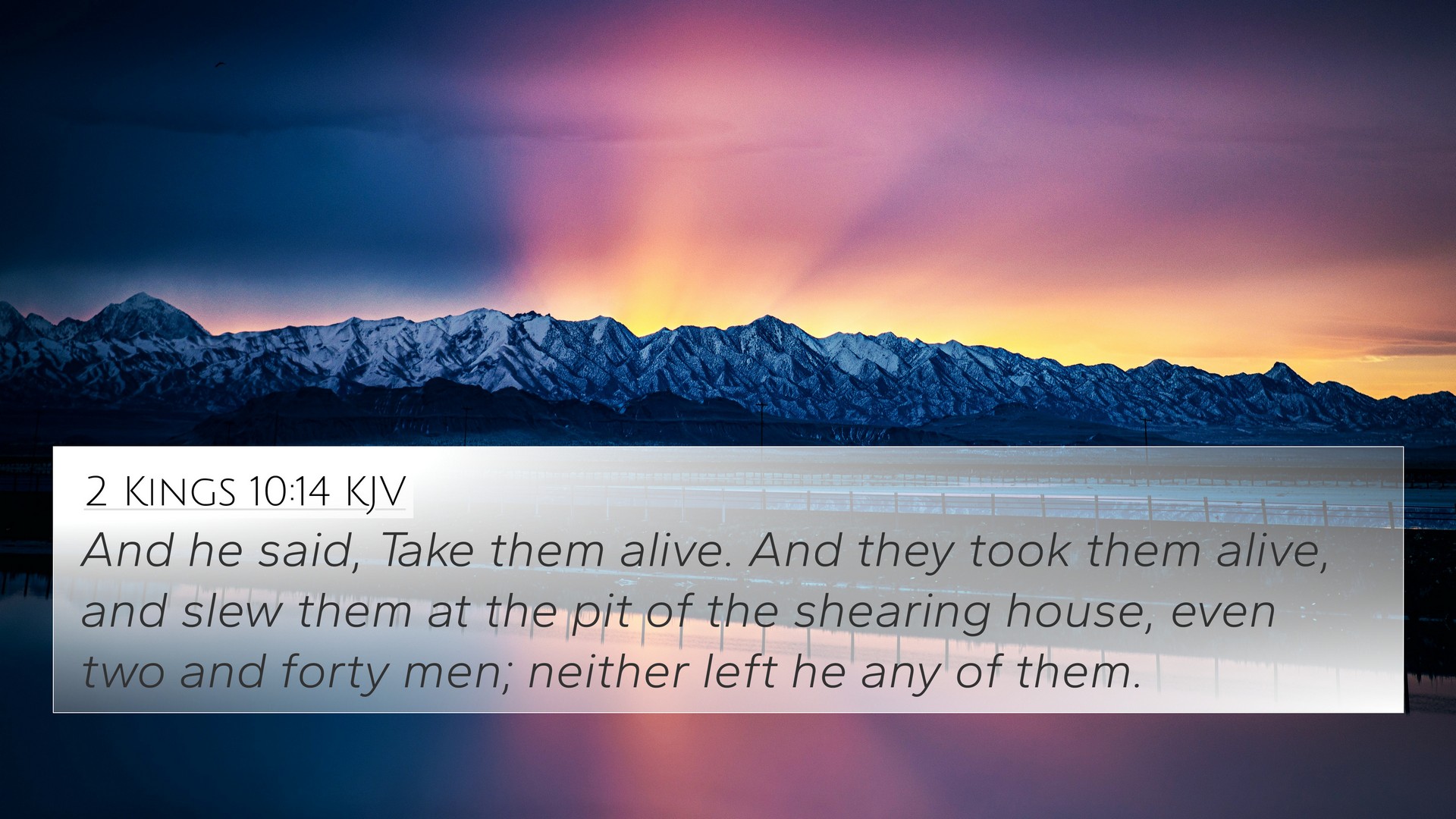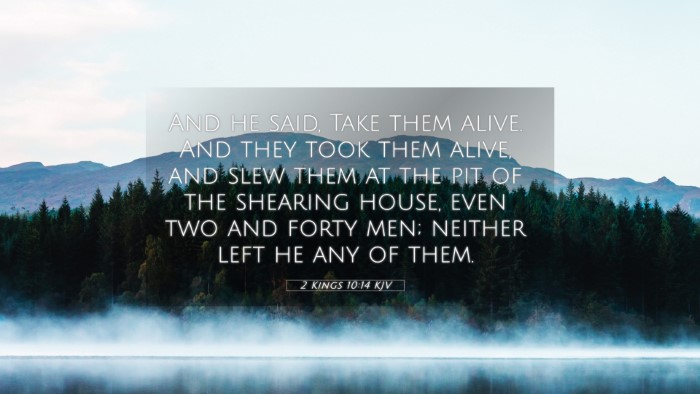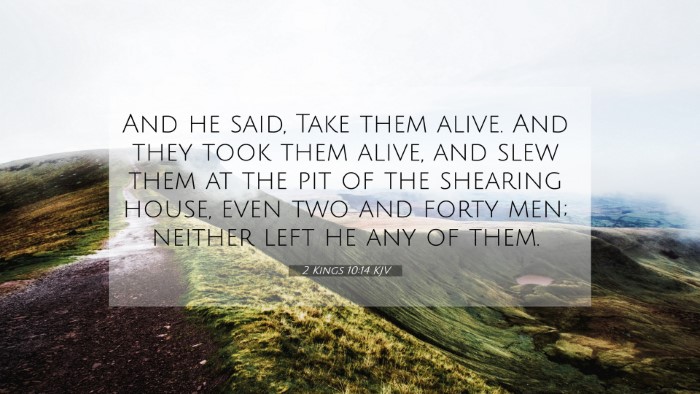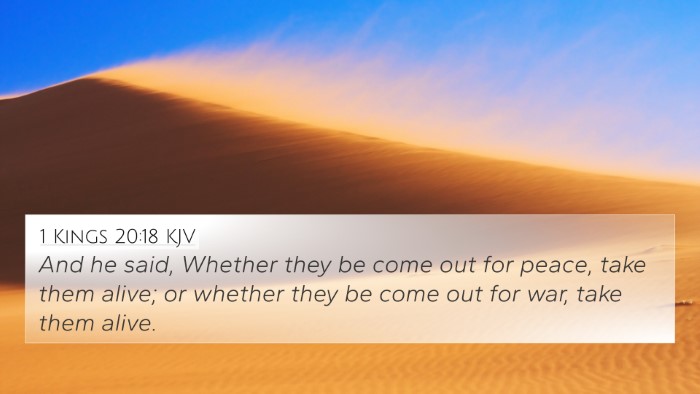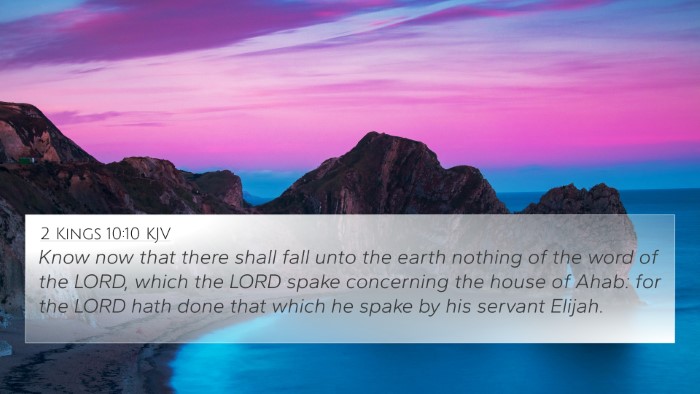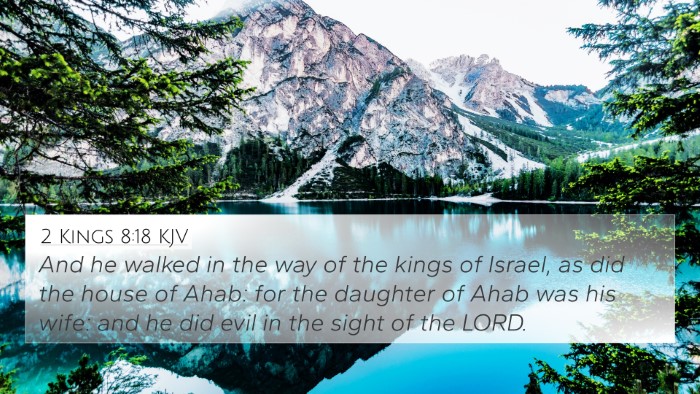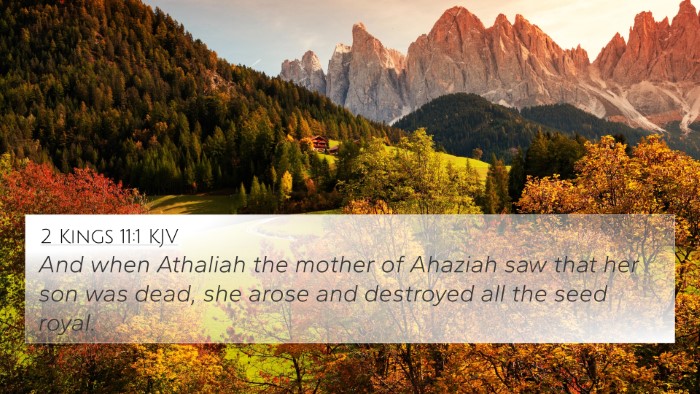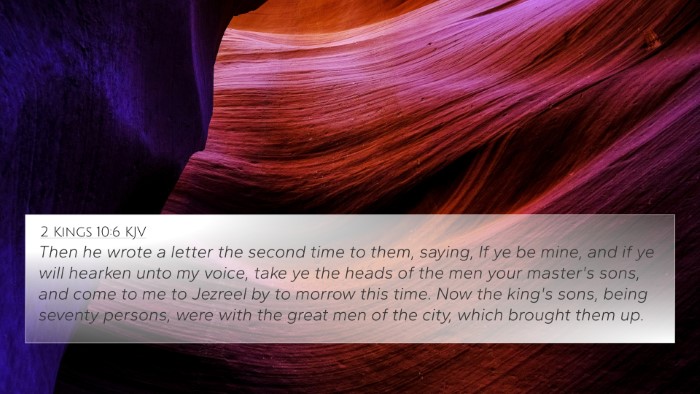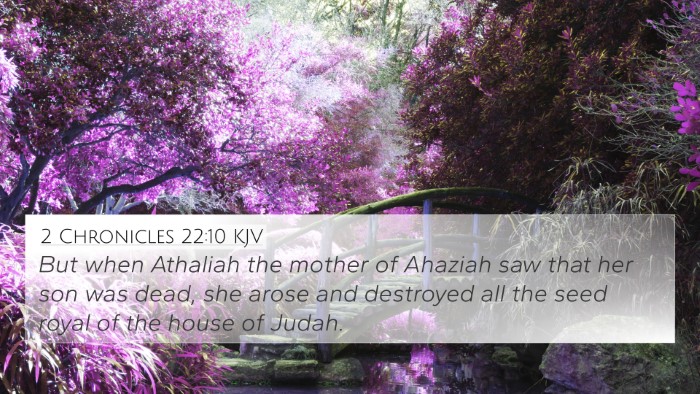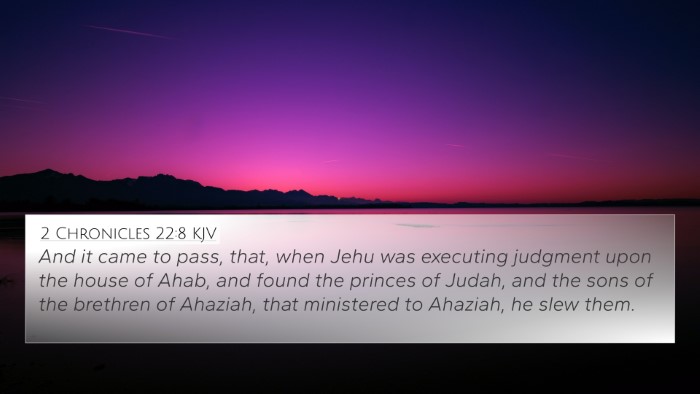Understanding 2 Kings 10:14
Verse: 2 Kings 10:14 - "And he said, Take them alive. And they took them alive, and slew them at the pit of the shearing house, even two and forty men; neither left he any of them."
Summary of Interpretations
This verse depicts a brutal scene in which Jehu commands the execution of 42 men. The act serves to solidify his power and eliminate any potential threats to his reign, particularly those associated with the house of Ahab and the worship of Baal. The following insights synthesize perspectives from noted public domain commentaries:
- Matthew Henry: Jehu's directive to slay these individuals is steeped in his zealousness to rid Israel of the influence of Ahab's house and error. He emphasizes the significance of purging idolatry and reinforcing true worship.
- Albert Barnes: Barnes highlights the ruthlessness displayed in the text, noting that the act of killing these individuals illustrates the severity of God's judgment against idolatry. Jehu's actions are framed as part of God's prophecy concerning the eradication of Ahab's lineage.
- Adam Clarke: Clarke points out that this execution was not only a political move but also a fulfillment of Elisha’s prophecy regarding the obliteration of Ahab's offspring. The pit of the shearing house symbolizes a place of sacrifice which draws parallels with the broader theme of judgment.
Thematic Connections to Other Bible Verses
The themes presented in 2 Kings 10:14 resonate with numerous other biblical texts, illuminating various aspects of divine judgment, zeal for the Lord, and the consequences of idolatry. Below are some relevant cross-references:
- 1 Kings 19:17: Elisha’s commission to anoint Jehu includes the judgment against the house of Ahab.
- 2 Kings 9:7: God commands Jehu to destroy the house of Ahab, setting the stage for the events in chapter 10.
- 20:42: Ahab’s punishment, foreshadowing the broader theme of divine retribution against idolatry and wickedness.
- Deuteronomy 13:12-15: Guidelines for dealing with those who lead others into idolatry, resonating with the summary execution in this verse.
- Psalm 106:34-40: God's anger and judgment against Israel for their idolatry parallels the themes present in Jehu’s actions.
- Hosea 1:4: The judgment of Jehu is tied to prophetic declarations regarding the house of Jehu, highlighting the cycle of judgment within Israel's history.
- Matthew 23:35: Jesus reflects on the history of violence against prophets, reminding us that judgment does not cease through the ages.
- Revelation 21:8: The fate of the unrepentant parallels the fate of those slain, underscoring eternal punishment for those engaged in rebellion against God.
- Romans 6:23: The theme of sin leading to death links to the idea of judgment inherent in Jehu's slaughter.
- Galatians 6:7: Emphasizing the principle that one reaps what they sow, reflecting how the house of Ahab faced consequences for their actions.
Context and Significance
The context of 2 Kings 10 revolves around Jehu's ascension as king and the cleansing of Israel from Baal worship. This action is not merely a violent political maneuver, but rather a significant moment in Israel's history, fulfilling prophetic words and aiming to restore proper worship in Israel.
Conclusion
Understanding 2 Kings 10:14 requires an appreciation of its weight in the narrative of Israel's spiritual state. The execution of the 42 men serves as a grim reminder of the consequences of deviating from God's commands and the seriousness of false worship. Through a comparative Bible verse analysis, connections can be drawn to various passages that discuss the severity of God’s judgment and the importance of fidelity to divine commands.
Resources for Further Study
For those interested in a deeper study of these themes, consider utilizing tools for Bible cross-referencing, including:
- Bible concordance
- Bible cross-reference guide
- Cross-reference Bible study methods
- Comprehensive Bible cross-reference materials
Utilizing these resources can significantly enrich one’s understanding of biblical contexts and the interconnectedness of scriptural narratives.
